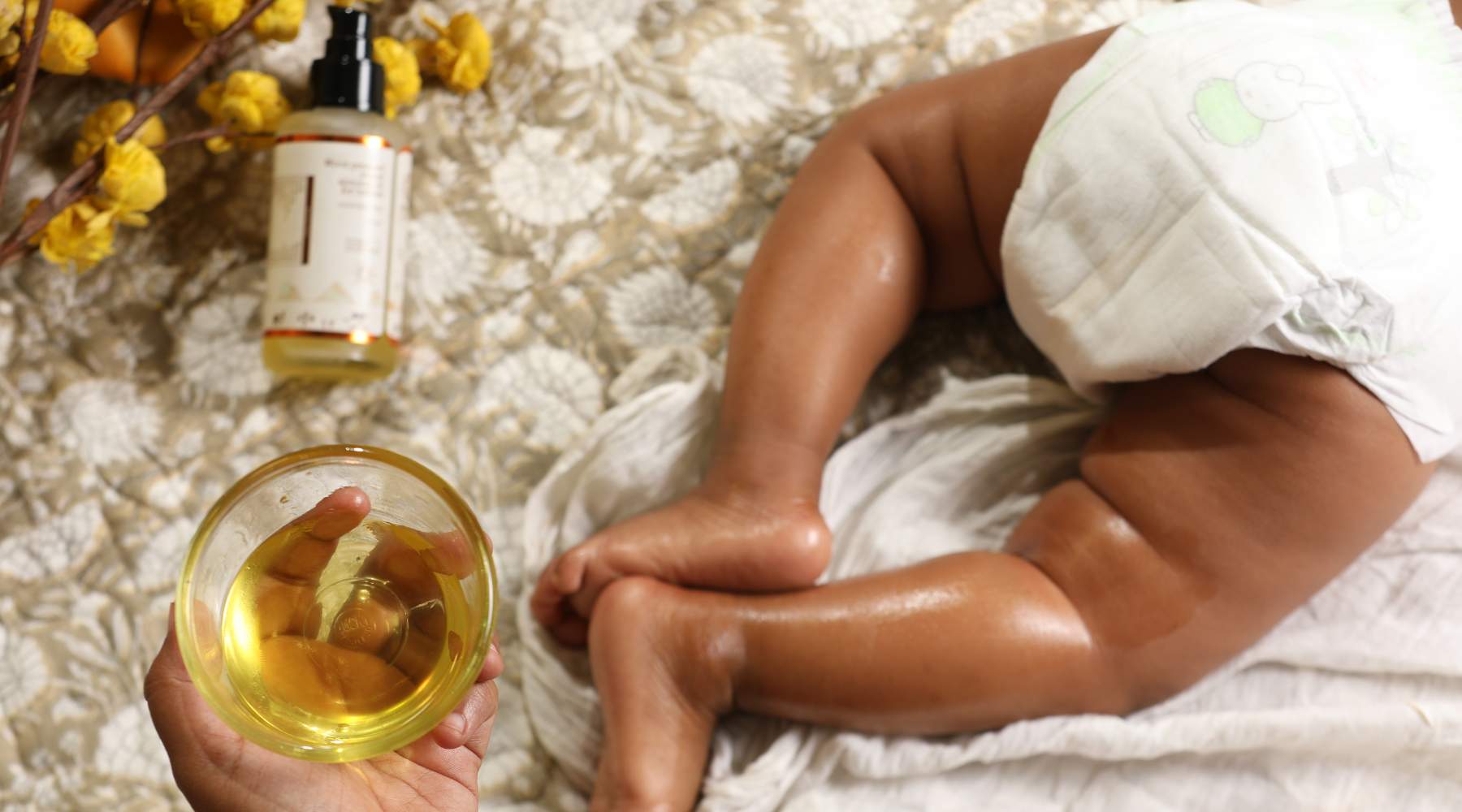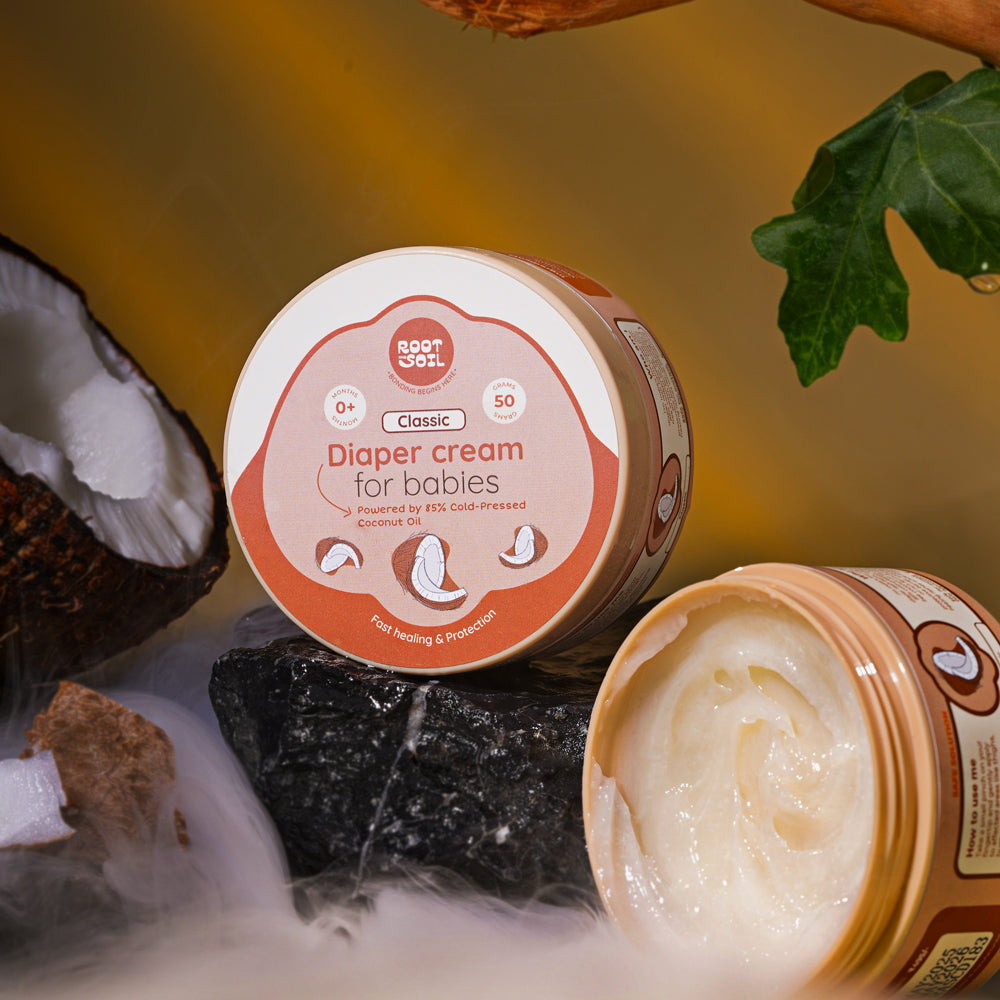
Unveiling the World of Phototherapy for Newborns: Shedding Light on a Common Treatment
Phototherapy is a widely used medical intervention for newborns, and comprehending what it entails is essential for parents. In this article, we'll dive into the realm of phototherapy, shedding light on its purpose, procedure, and significance in newborn care.
Exploring Phototherapy for Newborns:
Phototherapy is a specialized treatment designed to address a common concern in newborns—jaundice. Jaundice occurs when there is an excess buildup of bilirubin, a yellow pigment produced during the breakdown of red blood cells. While jaundice is often temporary and normal, phototherapy plays a crucial role in managing its effects.
Understanding the Purpose of Phototherapy:
The primary goal of phototherapy is to reduce elevated bilirubin levels in a newborn's blood. The treatment involves exposing the baby's skin to a specific type of light, often blue or white, which helps break down bilirubin into a form that the baby's immature liver can more easily eliminate.
The Procedure of Phototherapy:
During phototherapy, the newborn is undressed and placed under special lights in a warm, enclosed crib. The lights are positioned to ensure maximum skin exposure. Eye protection is provided to shield the baby's eyes from the light.
Significance in Newborn Care:
Phototherapy is a safe and effective way to manage jaundice in newborns. By facilitating the breakdown of bilirubin, it helps prevent complications associated with high bilirubin levels, such as kernicterus, a rare but severe condition that can lead to neurological damage.
When is Phototherapy Recommended?
Phototherapy may be recommended when:
- Bilirubin levels are significantly elevated.
- Jaundice appears within the first 24 hours of life.
- The baby is at risk due to factors such as prematurity or blood type incompatibility.
Holistic Approach to Phototherapy:
While phototherapy is a medical intervention, a holistic approach involves:
- Regular Monitoring: Healthcare providers monitor bilirubin levels to ensure the effectiveness of the treatment.
- Parental Involvement: Parents are encouraged to participate in the care process, ensuring comfort and bonding during the treatment.
- Supportive Care: Maintaining proper hydration and nutrition is crucial during phototherapy.
Conclusion:
Phototherapy for newborns is a valuable and commonly employed treatment that significantly contributes to the well-being of infants experiencing jaundice. Understanding its purpose, procedure, and the holistic approach surrounding it empowers parents to actively participate in their baby's care and recovery. Always consult healthcare professionals for personalized advice and guidance on your baby's specific needs.
























